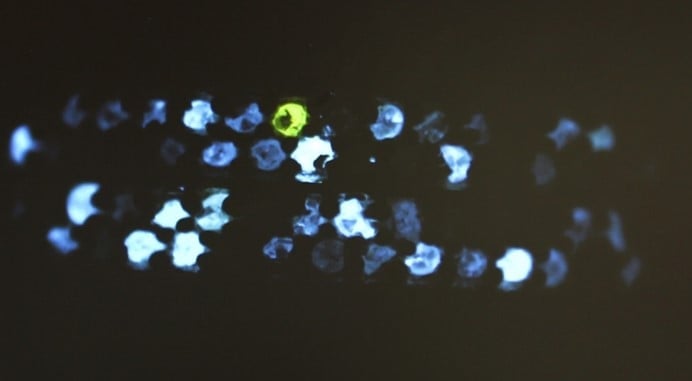Diamond Testing Tools: A Brief History and Review
Diamond testing tools have evolved. Learn how the latest devices compare when distinguishing lab-grown from natural diamonds.
17 Minute Read
Distinguishing Diamonds from Simulants
Initially, gemologists relied on color and the presence of metallic inclusions to distinguish lab-grown diamonds from their Earth-mined counterparts. This method remained effective for decades. In fact, the earliest screening equipment focused primarily on separating diamonds from their simulants, such as cubic zirconia (CZ). Starting in 1995, synthetic moissanite became another concern.
Standard gemological tests or basic thermal and electrical probes can distinguish simulants like CZ and moissanite from diamonds. However, these tools do not necessarily identify the exact material. Over the years, many versions of these probes have been produced. New designs, such as the Gemlogis Mantis, have also entered the market. These devices remain useful since some lab-grown diamond screeners assume their stones have already been ruled out as simulants.
Technology has focused more on differentiating Earth-mined from lab-grown diamonds than on identifying simulants. This is likely because consumers now have access to lab-grown diamonds, which are nearly identical to natural diamonds at a fraction of the price.
Early Diamond Testing Tools
The Diamond Eye
One of the earliest screening tools, the Diamond Eye, remains a favorite
…Andrew Fellows
Andrew Fellows has served as a diamond and gemmology lecturer at Birmingham City University for the BSc in Gemmology and Jewellery Studies course, as well as a course leader for the MSc Gemmology course based in the Gemmology Department at the Assay Office. Prior to teaching at Birmingham City University, Andrew was responsible for course creation and maintenance at Gem-A. Andrew started his career as a diamond grader at J.E. Marlow & Sons and in jewellery production at G&A Manufacturing.
Related Articles
Spinel Inclusions
Specific Gravity Testing Part 4: Refining Your Specific Gravity Testing Techniques
Specific Gravity Testing Part 2: Using a Balance Scale or a Hanneman Specific Gravity Scale
Identifying Synthetic Diamonds
Latest Articles
800 Years of Mogok: A Celebration in Tenuous Times
What is the Average Gemstone Faceting Yield?
Pyroxmangite Value, Price, and Jewelry Information
How to Identify Emerald Simulants and Synthetics
Never Stop Learning
When you join the IGS community, you get trusted diamond & gemstone information when you need it.
Get Gemology Insights
Get started with the International Gem Society’s free guide to gemstone identification. Join our weekly newsletter & get a free copy of the Gem ID Checklist!
